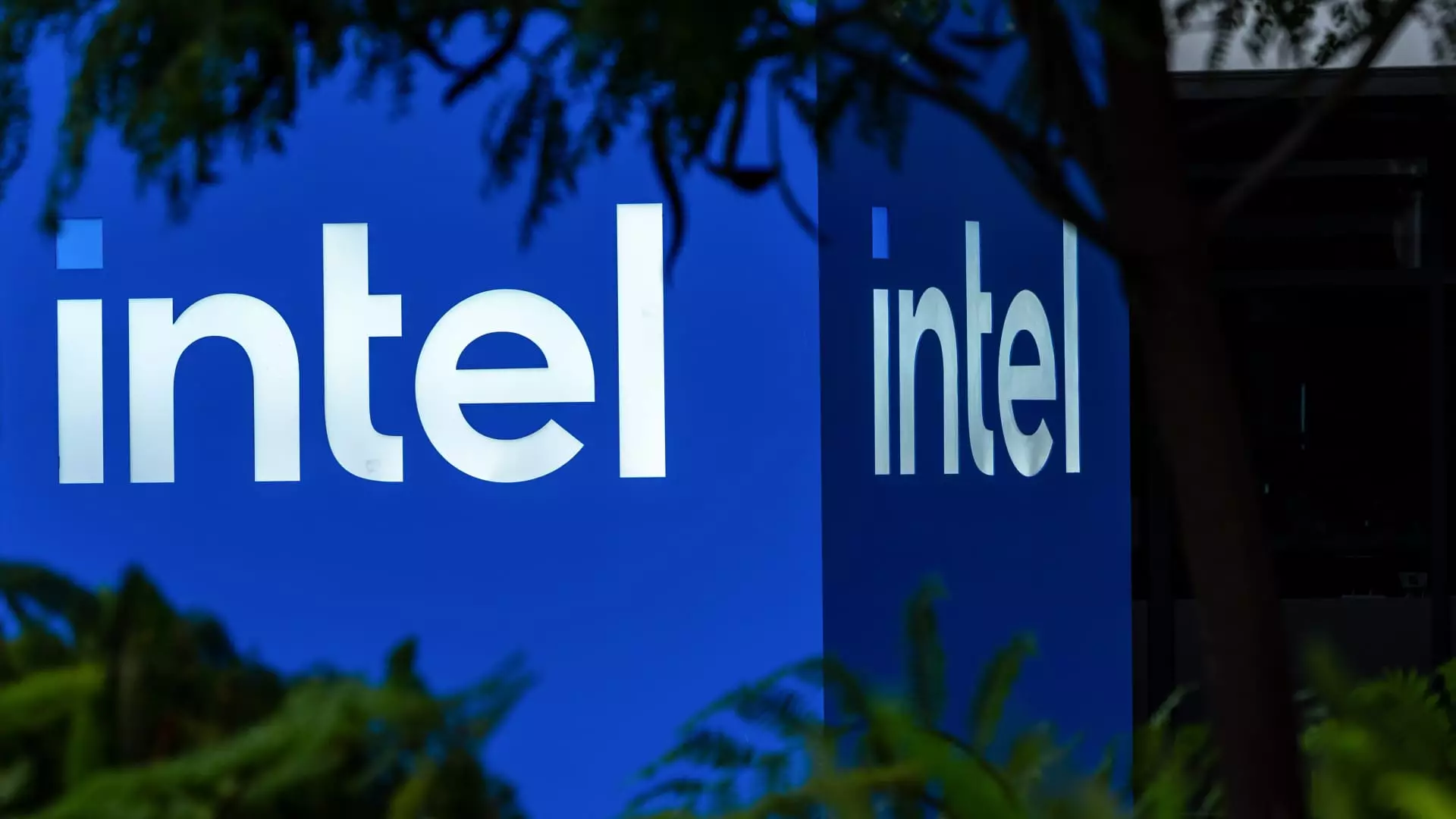The recent surge in the stock market, driven by the Federal Reserve’s decision to cut interest rates for the first time this year, presents a falsified sense of security. Investors, seduced by record highs and optimistic forecasts, tend to forget that such euphoric periods often mask underlying vulnerabilities. A half-percent rise sustained over consecutive days seems impressive at first glance, but the reality is that markets can become dangerously overstretched when driven by aggressive monetary easing. It’s essential to challenge the notion that growth at this pace is sustainable, especially considering the Fed’s signal of at least two more rate cuts planned for 2025 and beyond. History warns us that markets can rapidly reverse course once the overconfidence, fueled by loose monetary policy, begins to unravel.
When Overexuberance Becomes a Warning Sign
One of the most revealing aspects of this rally is identifying the stocks that have surged excessively—those trades that have become overextended to the point of risk. A tool like the relative strength index (RSI) provides valuable insight here. Stocks with RSIs above 70 are often signals that they are overbought and may face a swift correction. This week’s analysis uncovered a handful of giants, most notably Intel, which soared nearly 23% after announcing a significant AI partnership with Nvidia. While that kind of growth might seem promising in isolation, the RSI for Intel exceeds the 70 mark, suggesting the stock could be ripe for a pullback. Citi’s move to raise its target to $29 and simultaneously downgrade the stock’s investment rating underscores the disconnect: short-term momentum may be blinding, but fundamental valuation still matters.
Other technology powerhouses like Lam Research, Palo Alto Networks, Seagate, and KLA are similarly riding high, with some exceeding RSI values of 80. These high scores indicate a market saturated with speculative fervor rather than genuine value. When stocks become excessively overbought, they often act like coiled springs—ready to snap back once investor sentiment shifts. It’s a critical reminder that even in a bullish environment, caution is warranted, and risk management becomes paramount.
The Prudence of Skepticism in a Overheated Market
In a broader sense, the current situation calls for a prudent, center-right approach—one that recognizes the strengths of economic growth and technological innovation, but remains wary of excessive exuberance. Investors should resist the temptation to chase every new high; instead, they should focus on fundamentals and long-term value. The recent gains might feel satisfying, but they also set the stage for potential volatility. Overbought stocks are vulnerable to sudden corrective movements, which can wipe out gains accumulated over weeks or months.
This environment demands a disciplined strategy: recognize when momentum has run its course, keep a close eye on technical signals like RSI, and avoid succumbing to herd mentality. The market’s recent record highs are a testament to effective monetary policy, but the shadows cast by overbought stocks serve as a warning that complacency could lead to a painful adjustment. A balanced, centrist stance involves appreciating economic growth’s benefits while maintaining skepticism about the sustainability of rapid, speculative rallies. Only through this lens can investors protect themselves from the risks lurking just beneath the surface of today’s exuberance.


Leave a Reply